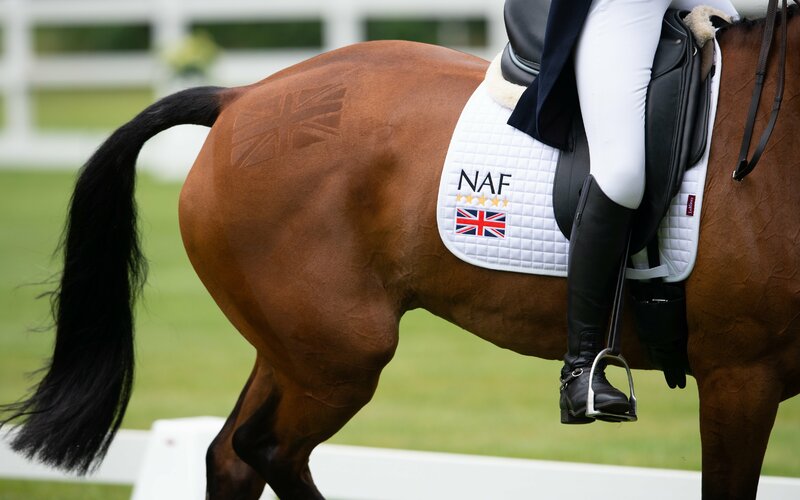
Fulfil your eventing potential
How can you improve your performance in eventing? We speak to two top trainers about small changes that bring big results.
“You have got to get the basics right and the rest will look after itself,” says Richard Waygood, World Class Eventing Performance Manager and BE Development Coach.
“You have got to get the basics right and the rest will look after itself,” says Richard Waygood, World Class Eventing Performance Manager and BE Development Coach.
“I teach riders that the movements and expression will come naturally and easily if the horse’s basic way of going is correct. This means the horse should be working over its back and top line, and properly connected from leg to hand.”
Make sure you’re fit
One common problem that Richard sees frequently is a lack of rider fitness: “When a rider is not fit enough, they make rash decisions as they are out of puff and they become loose and sloppy at the end of the course.
“Standing in your stirrups without rising in trot is a great exercise and something you can do out hacking. It works for any rider, but particularly for those who may not be getting many miles in the saddle. It’s great for rider strength and, if you really push through your stirrups, you work your leg muscles and strengthen your lower leg. It also improves core strength and balance. You should work towards being able to do it without holding on to anything.”
Feel the rhythm
“One of the key things I focus on is rhythm and energy,” says Nick Gauntlett, four star event rider and BE Master Coach.
“The consistency of these two things is more important than getting to the right spot at the fence. Even over big fences, if you have great rhythm and energy, you can get away with being a bit off the right spot for take-off.”
Nick coaches riders to feel rhythm in a number of ways, including getting them to count in a regular rhythm while they approach fences and also making them approach a show jump with their eyes closed or looking away from the fence.
Check the horse is truly in front of the leg
“Imagine you are driving a Ferrari and you hit the accelerator – you would feel a surge of power – whereas if you are driving an old four-by-four in the wrong gear, it is going to feel like a huge effort,” says Nick.
Get in the right position
Nick says: “I tell people to imagine their horse has disappeared from underneath them and ask themselves whether their feet would still support them, whether they are jumping a cross country fence or down a huge drop. When a rider is ahead of the movement, with their full weight resting on the horse on take-off, the horse’s jump will inevitably be compromised and, from a safety point of view, this is a big concern.”
Richard reinforces this: “The rider should think of themselves as a stabiliser for the horse. If the rider keeps themselves in balance, then in the event that something goes wrong, the horse can rebalance themselves and cope.”
Focus on the knee and thigh
Nick says: “If you are relaxed and soft in the knee and thigh, you will have a more secure lower leg. However, if your knee and thigh are tight, your leg will become a pivot, which will send the lower leg backwards and the body forwards.
“It is amazing how relaxed you can make a sensitive horse feel by also being soft through your knee and thigh, and having a light seat. I tell riders to imagine having drawing pins in the seat and knee areas of their saddle to encourage them to be light.”
